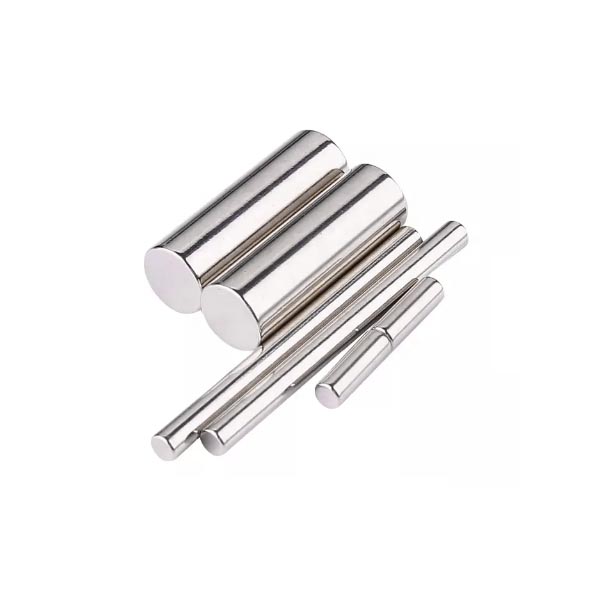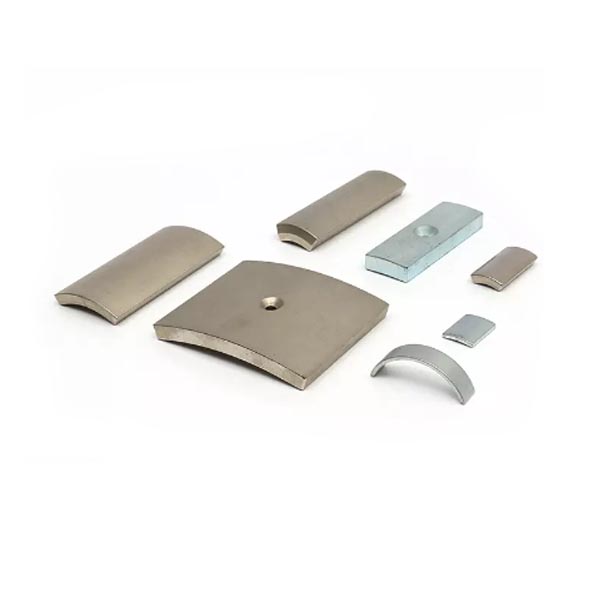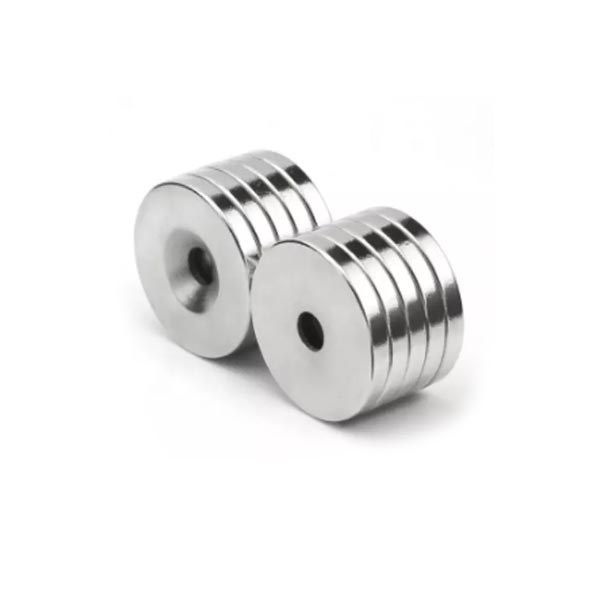Neodymium magnets (NdFeB)—the strongest permanent magnets on Earth—have revolutionized industries from clean energy to consumer electronics. But as demand surges for electric vehicles (EVs), wind turbines, and advanced robotics, traditional NdFeB magnets face challenges: reliance on scarce rare-earth elements (REEs), performance limits in extreme conditions, and environmental concerns.
Enter cutting-edge innovations in neodymium magnet technology. From material science breakthroughs to AI-driven manufacturing, these advancements are reshaping how we design, produce, and deploy these critical components. This blog explores the latest breakthroughs and their potential to accelerate the green transition.
1. Reducing Rare-Earth Dependency
Problem: Dysprosium and terbium—critical for high-temperature stability—are expensive, scarce, and geopolitically risky (90% sourced from China).
Innovations:
- Dysprosium-Free Magnets:
Toyota and Daido Steel developed a grain boundary diffusion process, coating magnets with dysprosium only at stress-prone areas. This slashes dysprosium use by 50% while maintaining performance.
- High-Performance Cerium Alloys:
Researchers at Oak Ridge National Lab replaced neodymium with cerium (a more abundant REE) in hybrid magnets, achieving 80% of traditional strength at half the cost.
2. Boosting Temperature Resistance
Problem: Standard NdFeB magnets lose strength above 80°C, limiting use in EV motors and industrial machinery.
Innovations:
- HiTREX Magnets:
Hitachi Metals’ HiTREX series operates at 200°C+ by optimizing grain structure and adding cobalt. These magnets now power Tesla’s Model 3 motors, enabling longer ranges and faster acceleration.
- Additive Manufacturing:
3D-printed magnets with nanoscale lattice structures dissipate heat more efficiently, improving thermal stability by 30%.
3. Sustainable Production & Recycling
Problem: Mining REEs generates toxic waste; less than 1% of NdFeB magnets are recycled.
Innovations:
- Hydrogen Recycling (HPMS):
UK-based HyProMag uses Hydrogen Processing of Magnet Scrap (HPMS) to extract and reprocess magnets from e-waste without quality loss. This method cuts energy use by 90% vs. traditional mining.
- Green Refining:
Companies like Noveon Magnetics employ solvent-free electrochemical processes to refine REEs, eliminating acid waste and reducing water usage by 70%.
4. Miniaturization & Precision
Problem: Compact devices (e.g., wearables, drones) demand smaller, stronger magnets.
Innovations:
- Bonded Magnets:
Mixing NdFeB powder with polymers creates ultra-thin, flexible magnets for AirPods and medical implants. Magnequench’s bonded magnets achieve 40% higher magnetic flux in sub-millimeter thicknesses.
- AI-Optimized Designs:
Siemens uses machine learning to simulate magnet shapes for maximum efficiency. Their AI-designed rotor magnets boosted wind turbine output by 15%.
5. Corrosion Resistance & Longevity
Problem: NdFeB magnets corrode easily in humid or acidic environments.
Innovations:
- Diamond-Like Carbon (DLC) Coating:
A Japanese startup coats magnets with DLC—a thin, ultra-hard layer—that reduces corrosion by 95% while adding minimal weight.
- Self-Healing Polymers:
MIT researchers embedded microcapsules of healing agents in magnet coatings. When scratched, the capsules release a protective film, extending lifespan by 3x.
6. Next-Gen Applications
Innovative magnets are unlocking futuristic technologies:
- Magnetic Cooling:
Magnetocaloric systems using NdFeB alloys replace greenhouse gas refrigerants. Cooltech Applications’ magnetic refrigerators cut energy use by 40%.
- Wireless Charging:
Apple’s MagSafe uses nano-crystalline NdFeB arrays for precise alignment, achieving 75% faster charging than traditional coils.
- Quantum Computing:
Ultra-stable NdFeB magnets enable precise control of qubits in quantum processors, a key focus for IBM and Google.
Challenges & Future Directions
While innovations abound, hurdles remain:
- Cost: Advanced techniques like HPMS and AI design are still pricey for mass adoption.
- Standardization: Recycling systems lack global infrastructure for collection and processing.
The Road Ahead:
- Closed-Loop Supply Chains: Automakers like BMW aim to use 100% recycled magnets by 2030.
- Bio-Based Magnets: Researchers are experimenting with bacteria to extract REEs from wastewater.
- Space Mining: Startups like AstroForge explore asteroid mining for rare earths, though this remains speculative.
Conclusion: Magnets for a Greener, Smarter World
Innovations in neodymium magnet technology are not just about stronger or smaller products—they’re about reimagining sustainability. By reducing reliance on scarce resources, slashing emissions, and enabling breakthroughs in clean energy and computing, these advancements are pivotal to achieving global climate goals.
For businesses, staying ahead means partnering with innovators and investing in R&D. For consumers, it’s a reminder that even the smallest magnet can have an outsized impact on our planet’s future.
Your Custom Neodymium Magnets Project
We can offer the OEM/ODM services of our products. The product can be customized according to your personalized requirements, including the size, Shape, performance, and coating. please offer your design documents or tell us your ideas and our R&D team will do the rest.
Post time: Apr-08-2025







